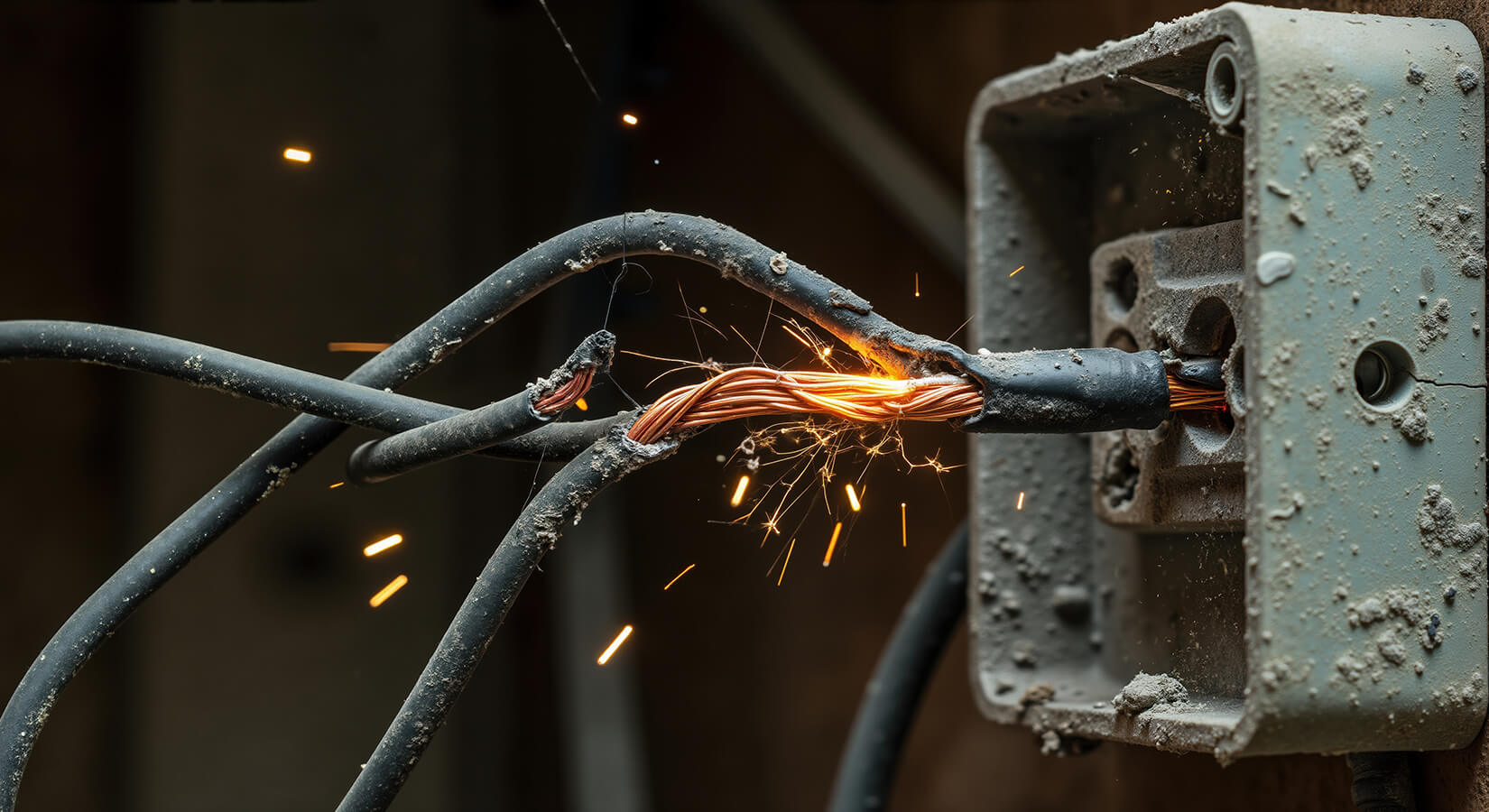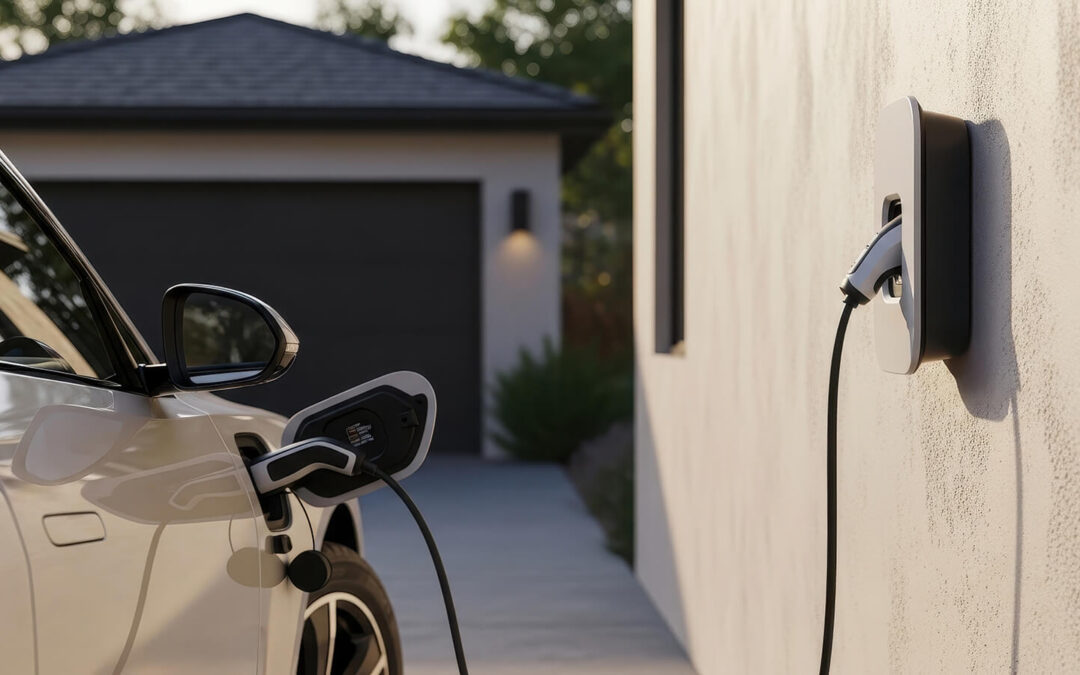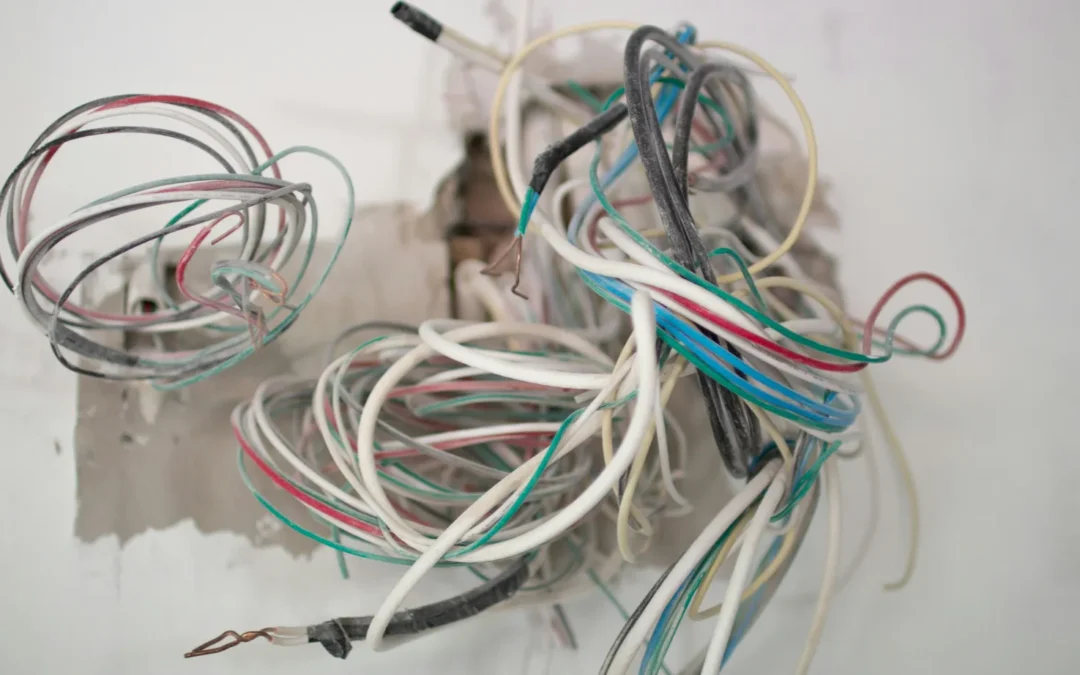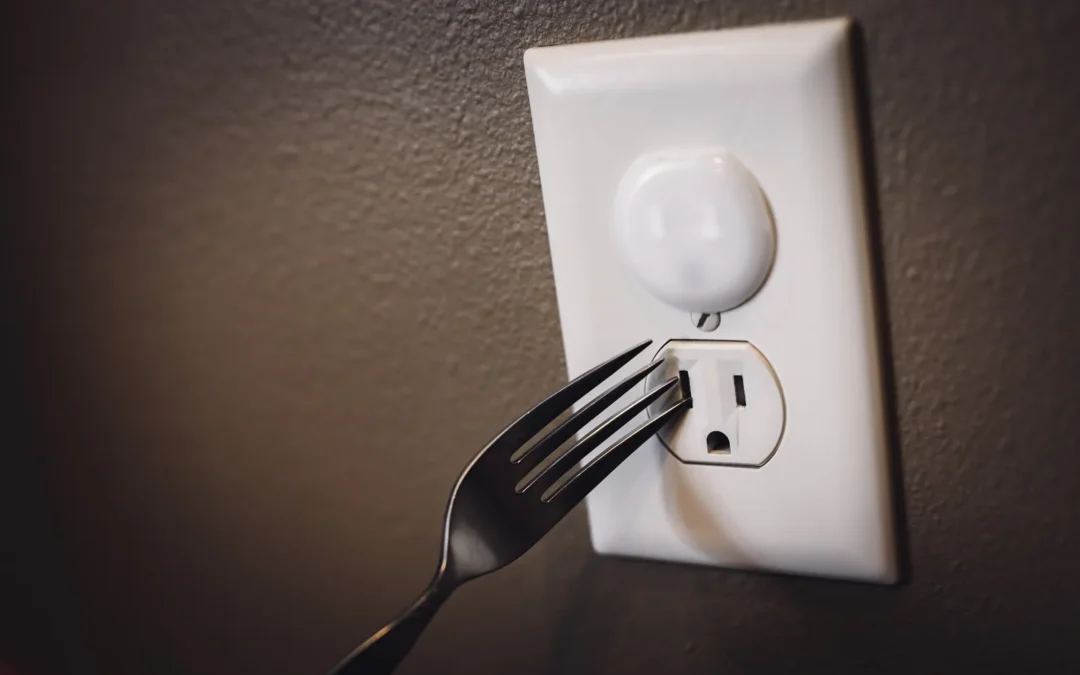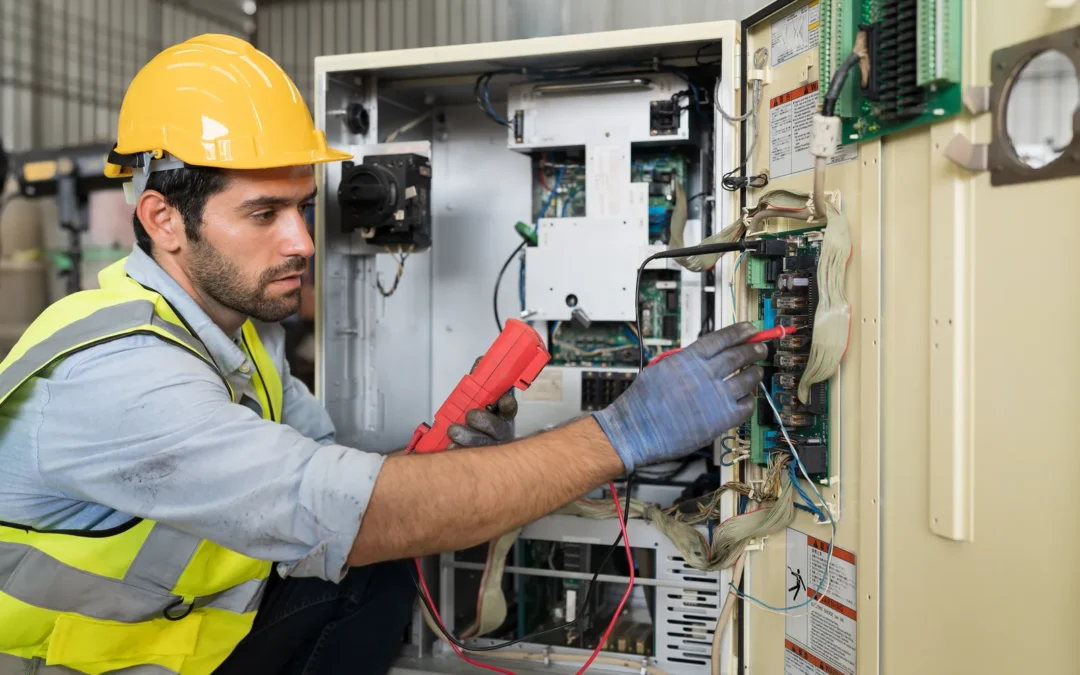The National Electrical Code (NEC) exists for one simple reason: to keep people and property safe. Updated every three years, the NEC sets the standards for safe electrical design, installation, and inspection across the United States. While licensed electricians follow these codes as second nature, homeowners, DIYers, and even some contractors often overlook them.
The result? Common electrical code violations can lead to safety hazards, failed inspections, or costly repairs later on. Here are some of the most frequent NEC violations found in homes and businesses, and why you should avoid them with quality, safety, and reliability in your wiring services.
1. Missing or Faulty Grounding
What it is: Grounding provides a safe path for electricity to flow back into the earth during a fault. Without it, electricity can take unintended paths, creating shock or fire hazards.
Why it’s a problem: Ungrounded outlets, particularly in older homes, leave appliances and electronics vulnerable. Homeowners sometimes use “cheater plugs” to get around this issue, but that doesn’t solve the underlying hazard.
NEC requirement: Proper grounding and bonding connections for all receptacles and panels.
2. Overcrowded Electrical Boxes
What it is: Too many wires crammed into a junction box.
Why it’s a problem: Overcrowding creates heat, stresses connections, and increases the chance of arcing.
NEC requirement: Each box must meet specific volume requirements based on the number and size of wires inside.
3. Failure to Install GFCI Outlets
What it is: Ground Fault Circuit Interrupters (GFCIs) protect against shock by shutting off power when electricity takes an unsafe path.
Why it’s a problem: Kitchens, bathrooms, garages, basements, laundry rooms, and outdoor outlets all need GFCI protection. Without them, the risk of electric shock near water sources is much higher.
NEC requirement: GFCI outlets must be installed in all areas where water and electricity are likely to come into contact.
4. Lack of AFCI Protection
What it is: Arc Fault Circuit Interrupters (AFCIs) prevent dangerous arcing conditions inside walls that can spark fires.
Why it’s a problem: Many older homes still lack AFCI protection, especially in bedrooms and living areas. Homeowners often don’t realize this until a remodel or inspection.
NEC requirement: AFCIs are required on most 15- and 20-amp circuits in habitable spaces.
5. Incorrect Circuit Breaker Size
What it is: Using a breaker that’s too large for the wire size. For example, pairing a 30-amp breaker with 14-gauge wiring.
Why it’s a problem: Oversized breakers won’t trip when they should, allowing wiring to overheat and potentially catch fire.
NEC requirement: Breaker size must match the capacity of the circuit wiring.
6. Exposed or Improperly Secured Wiring
What it is: Cables running across walls, ceilings, or floors without proper protection.
Why it’s a problem: Exposed wiring is easily damaged by pets, furniture, or foot traffic, leading to dangerous shorts or electrocution risks.
NEC requirement: Wires must be properly secured, stapled, or run through conduit to prevent damage.
7. DIY Splices Without Junction Boxes
What it is: Wire splices made outside of approved junction boxes.
Why it’s a problem: Open splices can overheat, spark, and cause fires. They’re also difficult to inspect and maintain.
NEC requirement: All splices must be contained within approved, accessible junction boxes with proper covers.
8. Reversed Polarity on Outlets
What it is: The hot and neutral wires are swapped on an outlet.
Why it’s a problem: Reversed polarity may not stop devices from working, but it creates shock hazards and damages sensitive electronics.
NEC requirement: Hot wires must connect to brass terminals, and neutrals to silver terminals.
9. Overloaded Circuits
What it is: Plugging too many devices into the same circuit, often seen in kitchens or home offices.
Why it’s a problem: Overloads cause breakers to trip or, worse, wires to overheat.
NEC requirement: Adequate circuits must be installed to match the electrical load of the space, including dedicated circuits for major appliances.
10. Missing or Damaged Outlet/Switch Covers
What it is: Open outlets or switches without faceplates.
Why it’s a problem: Exposed wiring is a shock risk, especially for children. Even minor contact can cause injury.
NEC requirement: All outlets and switches must be enclosed with proper covers for safety.
11. Extension Cord Misuse
What it is: Using extension cords as permanent wiring or running them under rugs.
Why it’s a problem: Extension cords aren’t designed for permanent use. They can overheat and cause fires.
NEC requirement: Permanent wiring must be installed instead of relying on temporary cords.
12. Outdated Electrical Panels
What it is: Federal Pacific Electric (FPE), Zinsco, or fuse boxes that no longer meet today’s safety standards.
Why it’s a problem: These panels are known for failing to trip during overloads, leading to fires.
NEC requirement: Modern breaker panels must be used, properly rated, and up to current standards.
Why These Violations Happen
Many NEC violations stem from:
- DIY electrical projects without proper knowledge
- Aging homes that haven’t been updated
- Contractors cutting corners to save time or money
While some issues may seem minor, they can quickly escalate into serious safety hazards if left unresolved.
How to Avoid Electrical Code Violations
- Always hire a licensed electrician for electrical work.
- Schedule regular electrical inspections, especially if your home is over 20 years old.
- Plan upgrades during remodels to ensure code compliance.
- Don’t ignore warning signs like tripping breakers, flickering lights, or hot outlets.
Stay Safe with Table Mountain Electric
Avoiding NEC violations isn’t just about passing inspection. It’s about keeping your family safe and your electrical system reliable. At Table Mountain Electric, our licensed electricians have decades of experience bringing Denver-area homes and businesses up to code. From panel upgrades and rewiring to GFCI installations and electrical safety inspections, we make sure every project meets the highest standards.Call us today at (720) 613-2299 or book online to schedule your inspection or electrical upgrade. With Table Mountain Electric, you can stay safe, stay powered, and stay code-compliant.



